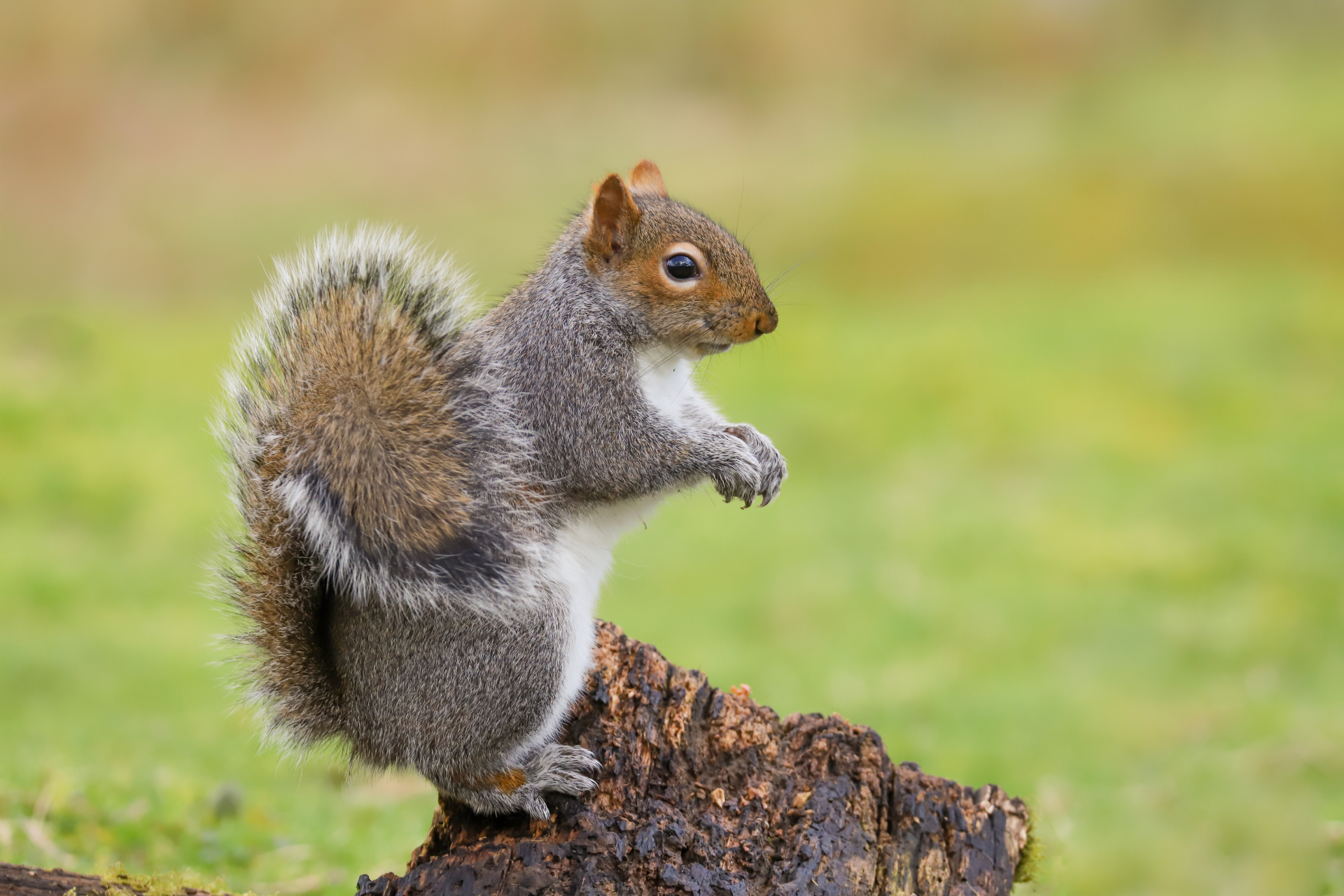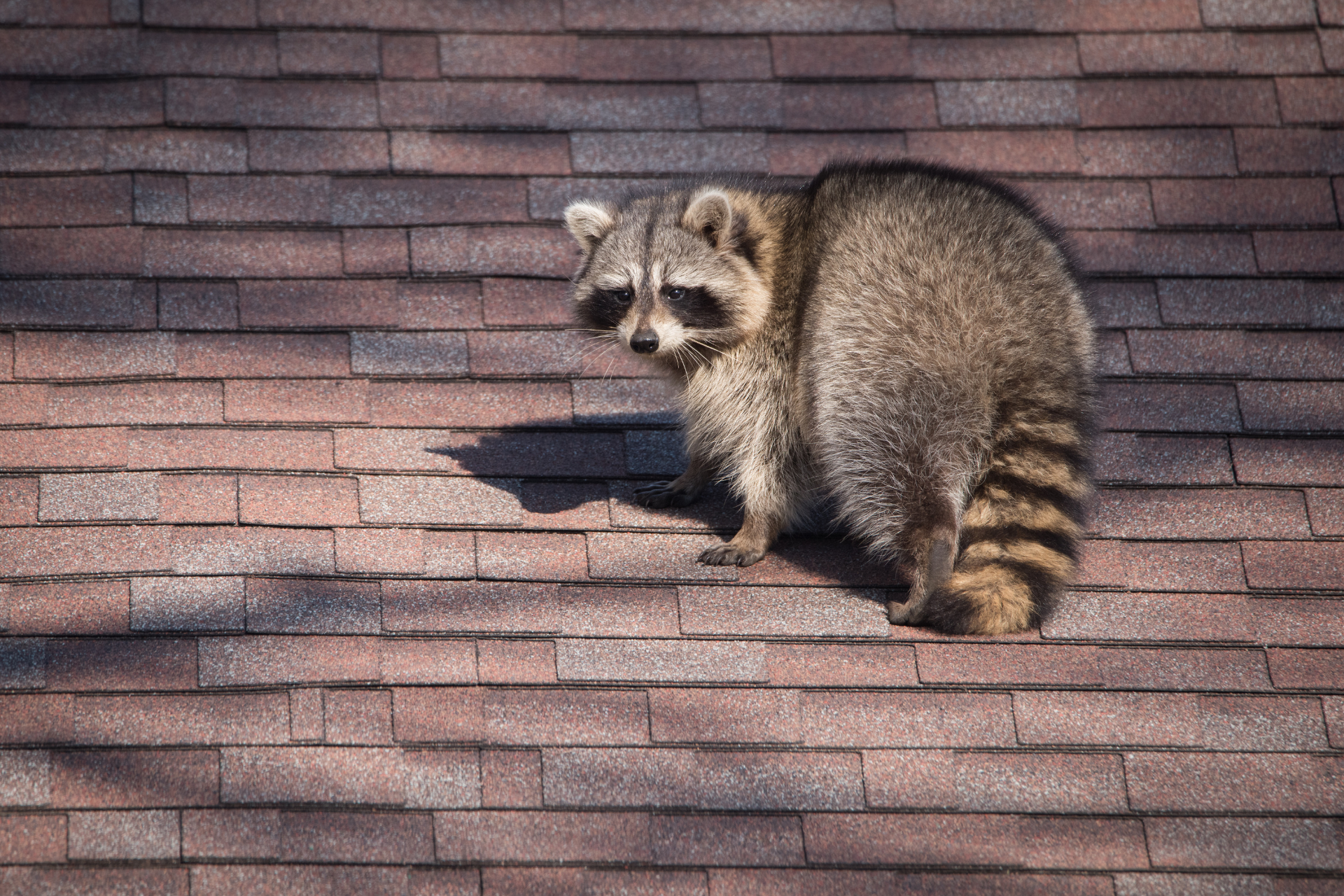What Attracts Wildlife to Your Home?
The Most Common Mistakes Homeowners Make
Wildlife is beautiful to observe in nature, but when animals start venturing too close to home, they can quickly become more than a passing curiosity. Whether it’s squirrels nesting in the attic, raccoons rummaging through trash, or skunks hanging out under the porch, many homeowners find themselves playing host to unwanted visitors. Understanding what attracts wildlife to your home is the first step in preventing these animals from turning your property into their new favorite hangout.
The Food Factor: An Irresistible Invitation
One of the most common reasons wildlife is drawn to your home is the promise of food. Animals are constantly searching for an easy meal, and if your home provides that, they won’t hesitate to come closer. Food waste, in particular, is a major attractant for a wide variety of creatures, including raccoons, opossums, and even bears in some regions.
Garbage cans left outside without secure lids are like an open buffet for wildlife. Raccoons are especially notorious for their ability to pry open trash lids and scatter debris everywhere in their search for scraps. Compost piles that are not properly managed can also attract animals, particularly if they contain food waste like fruit peels, bread, or leftovers. The smell of decomposing food is a powerful lure for many animals.
Pet food left outside or bird feeders can also draw wildlife to your home. While bird feeders are designed to attract birds, they can also bring in squirrels, raccoons, and even deer, depending on where you live. Pet food bowls, left outside on porches or backyards, are a major attraction for raccoons and opossums, who view it as a convenient and safe food source.
Unsecured Entry Points: A Warm And Safe Shelter
In addition to food, wildlife is often seeking shelter, especially during extreme weather conditions or when they're preparing for the colder months. Your home, with its warmth, safety, and plentiful nooks and crannies, can appear to be the perfect place to settle down. Many animals will enter attics, basements, and even crawl spaces if they find an unsecured entry point.
Small gaps, holes, or vents left uncovered are an open invitation for wildlife to move in. Squirrels and bats, in particular, are adept at squeezing through surprisingly small spaces to gain access to attics. Once inside, they can create nests, chew through wires, and cause extensive damage to insulation. Rats and mice are also notorious for exploiting tiny cracks and gaps to enter homes, often creating nests inside walls or in dark, undisturbed corners of basements.
Chimneys are another common entry point. Many animals, including birds and raccoons, see chimneys as ideal locations for nesting. Without a proper chimney cap, these creatures can enter and get stuck inside, creating a hazardous situation both for them and for the home’s residents.
Landscaping Choices: A Wildlife Invitation
The way you design and maintain your yard can also play a significant role in attracting wildlife to your property. Overgrown shrubbery, untrimmed trees, and thick undergrowth provide animals with plenty of places to hide and feel safe. While natural landscaping can be beautiful, it can also serve as a refuge for wildlife, encouraging them to make themselves at home in your garden or yard.
Fruit trees, vegetable gardens, and flowering plants can be a major attraction for animals like deer, rabbits, and squirrels. These critters are drawn to the easy availability of food and often cause damage to gardens and landscaping in their quest for a meal. If left unchecked, they may start venturing closer to the house, searching for even more food or shelter.
Birdbaths, ponds, and other water features, while visually appealing, can also attract wildlife. All creatures need water to survive, and a steady source of water on your property can draw animals in, especially during dry spells. While attracting birds may be your intention, you may inadvertently create an oasis for other creatures as well.
Nighttime Attractants: Lights And Heat
Certain nocturnal animals are attracted to artificial light and heat, which can make your home a beacon for them. Moths and other insects, drawn to porch lights, in turn attract bats, which feed on them. Similarly, outdoor lighting can lure frogs, toads, and even snakes closer to your home as they follow their prey. Keeping exterior lights on for long periods, especially in secluded areas, can lead to an increase in wildlife activity around your property.
Additionally, outdoor appliances, like air conditioning units, can produce heat that draws in small mammals looking for warmth. Even the heat radiating from a car engine after being parked in the driveway can attract cats or small wildlife like opossums and raccoons.
Garden Habits That Invite Critters
Gardening can bring peace and beauty to your outdoor space, but certain habits may unknowingly invite wildlife to explore your property. For example, mulch piles, especially those containing organic material, can attract insects that feed on decomposing matter. These insects, in turn, draw larger predators like birds and small mammals, which may end up finding other reasons to stay close by.
Leaving fallen fruit from trees or not harvesting garden produce in a timely manner can also attract wildlife. Deer, raccoons, and squirrels are always on the lookout for easy meals, and overripe fruits and vegetables are irresistible to them.
Piles of leaves, brush, or wood, whether part of your gardening habits or yard maintenance, provide excellent shelter for small animals. Rabbits, skunks, and other creatures may use these piles as hiding spots or nesting sites. If these animals feel safe and comfortable on your property, they’re more likely to stick around, exploring your yard and possibly your home.
Reducing Attractants: A Balanced Approach
While some wildlife visits are inevitable, reducing the number of attractants on your property can significantly minimize the likelihood of animals making your home their home. Securing trash bins with tight-fitting lids, cleaning up pet food, and bringing bird feeders inside at night can help reduce food sources for wildlife. Regularly inspecting and sealing any gaps, cracks, or holes in your home’s exterior will make it more difficult for animals to find shelter inside.
For those with gardens, consider using fencing to keep larger animals like deer and rabbits out, and pick fruit from trees as soon as it ripens to avoid drawing animals in. Keeping your landscaping well-maintained and free of dense undergrowth will also reduce the appeal of your yard as a shelter for wildlife.
However, even with the best preventative measures, wildlife may still be attracted to your home. That’s where professional help comes in. At Agricole Wildlife Solutions, we specialize in safely and effectively addressing wildlife issues on residential properties. Our team can assess your home for potential attractants and entry points, providing solutions that protect your property and maintain the natural balance between your home and the surrounding wildlife.
If you’re noticing more wildlife than usual around your property, it’s time to take action. Contact Agricole Wildlife Solutions today, and let us help you safeguard your home from unwanted animal visitors. By addressing the problem early, we can prevent wildlife from causing damage and ensure that your home remains safe and secure.
All Rights Reserved | Agricole Wildlife Solutions




